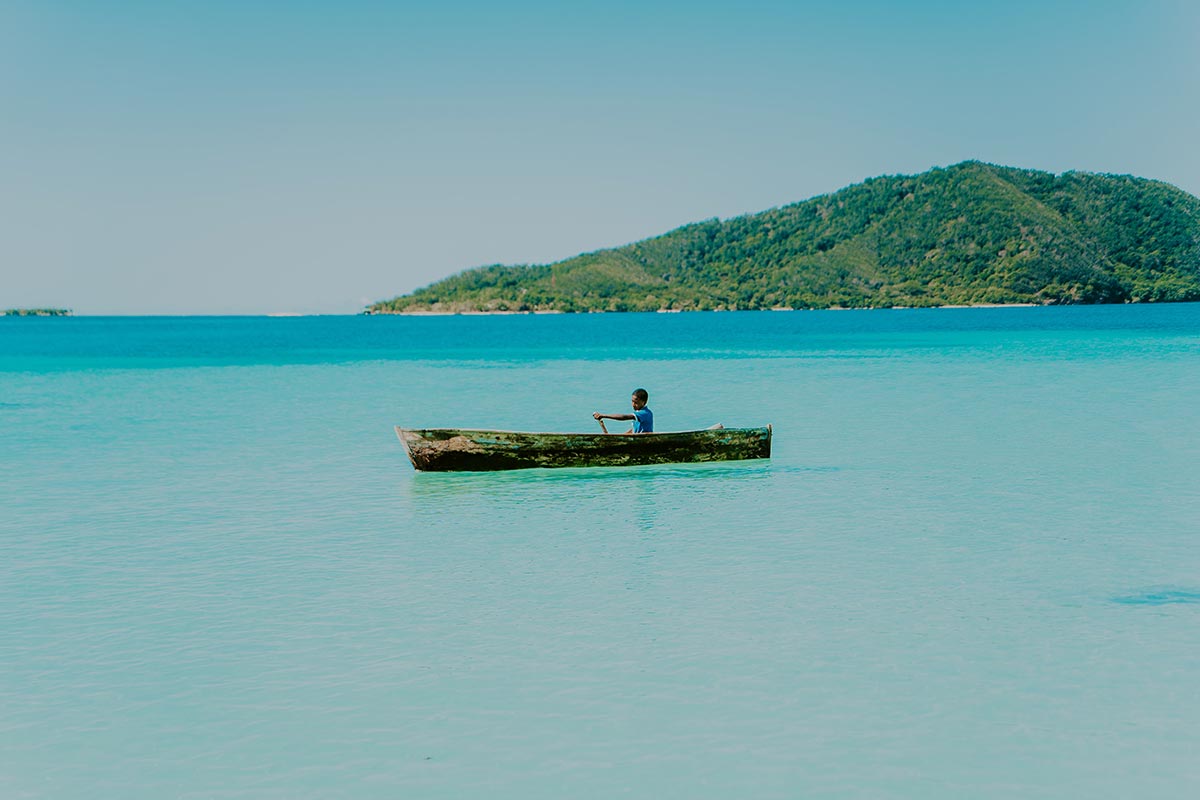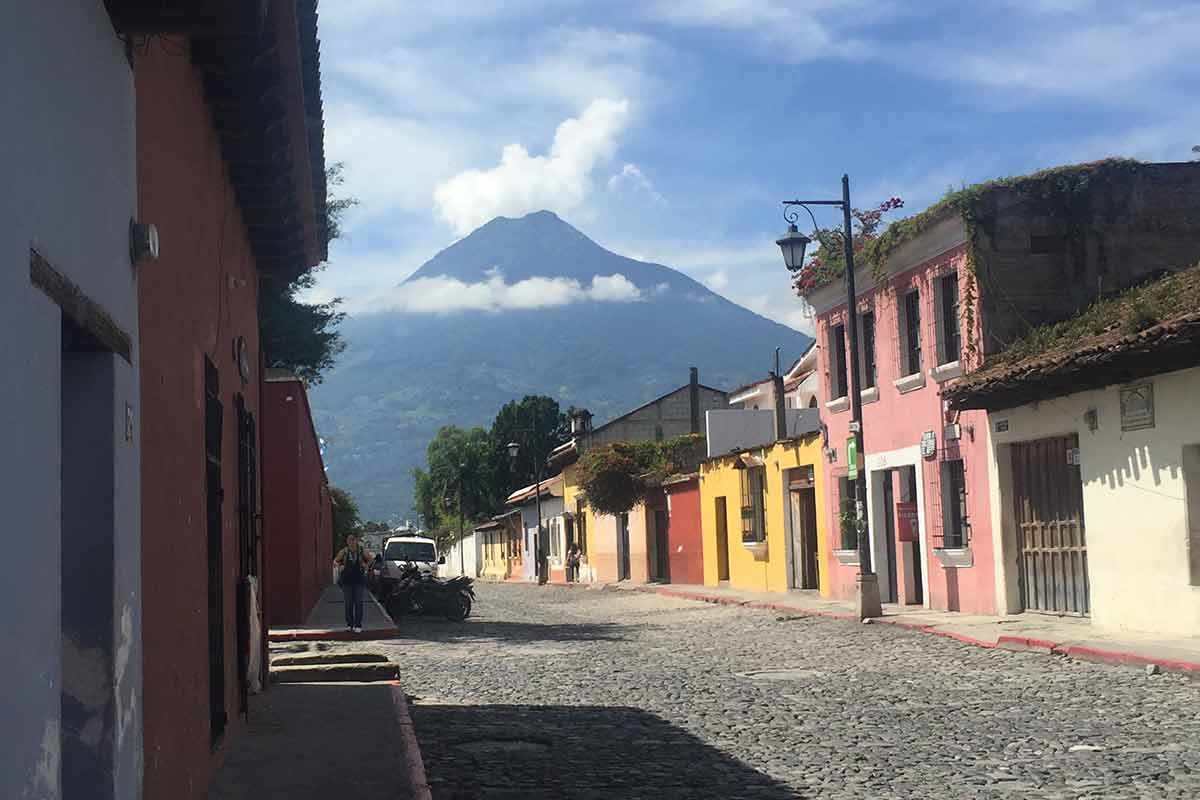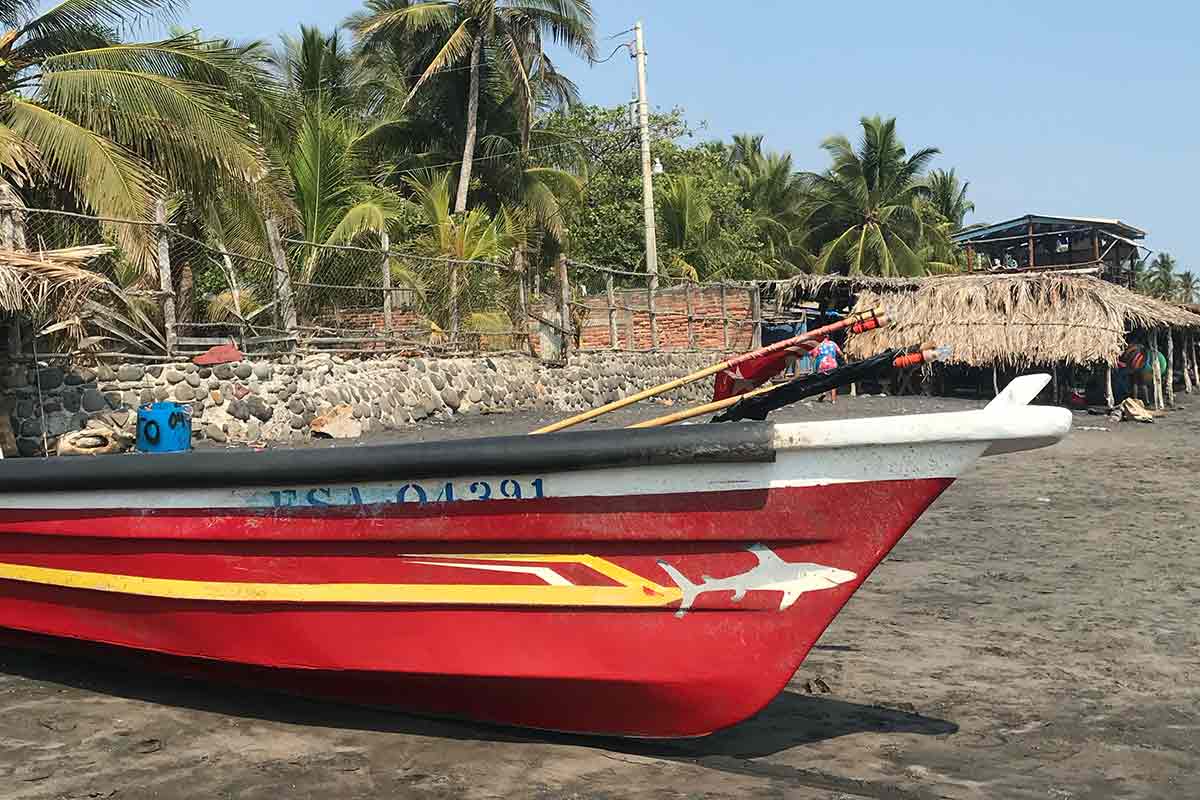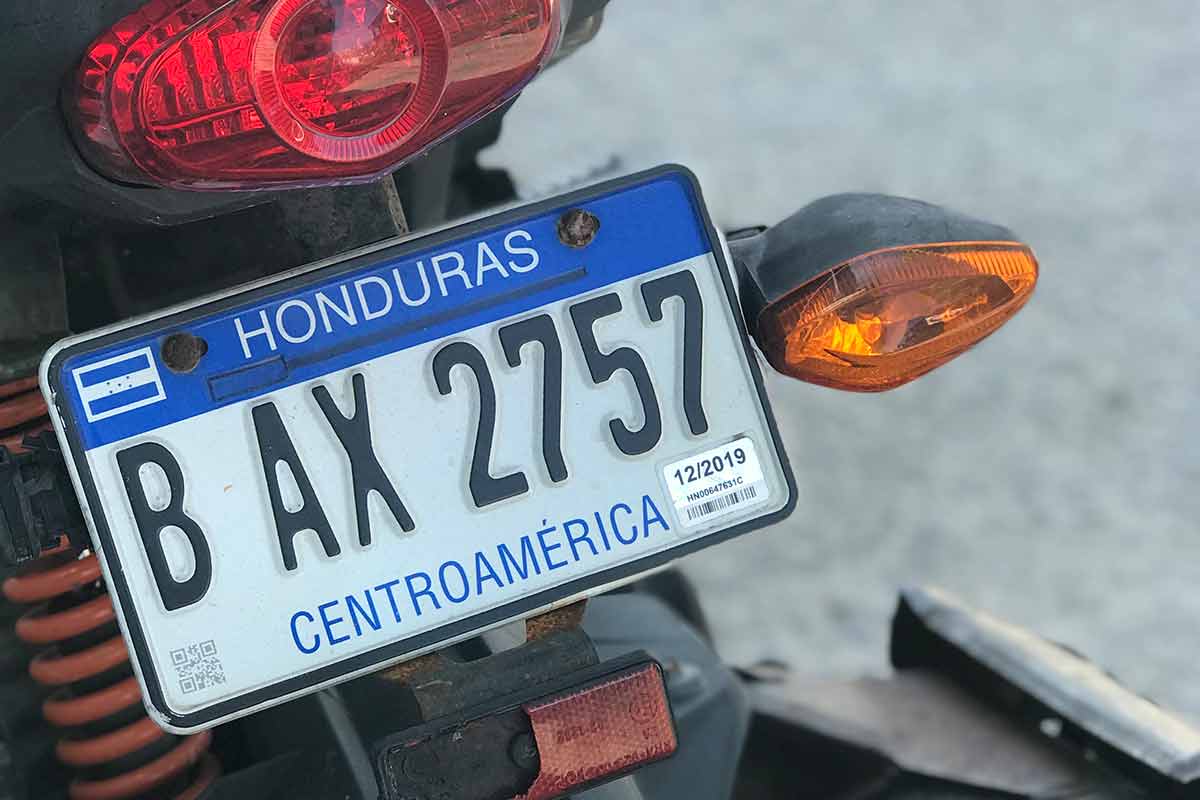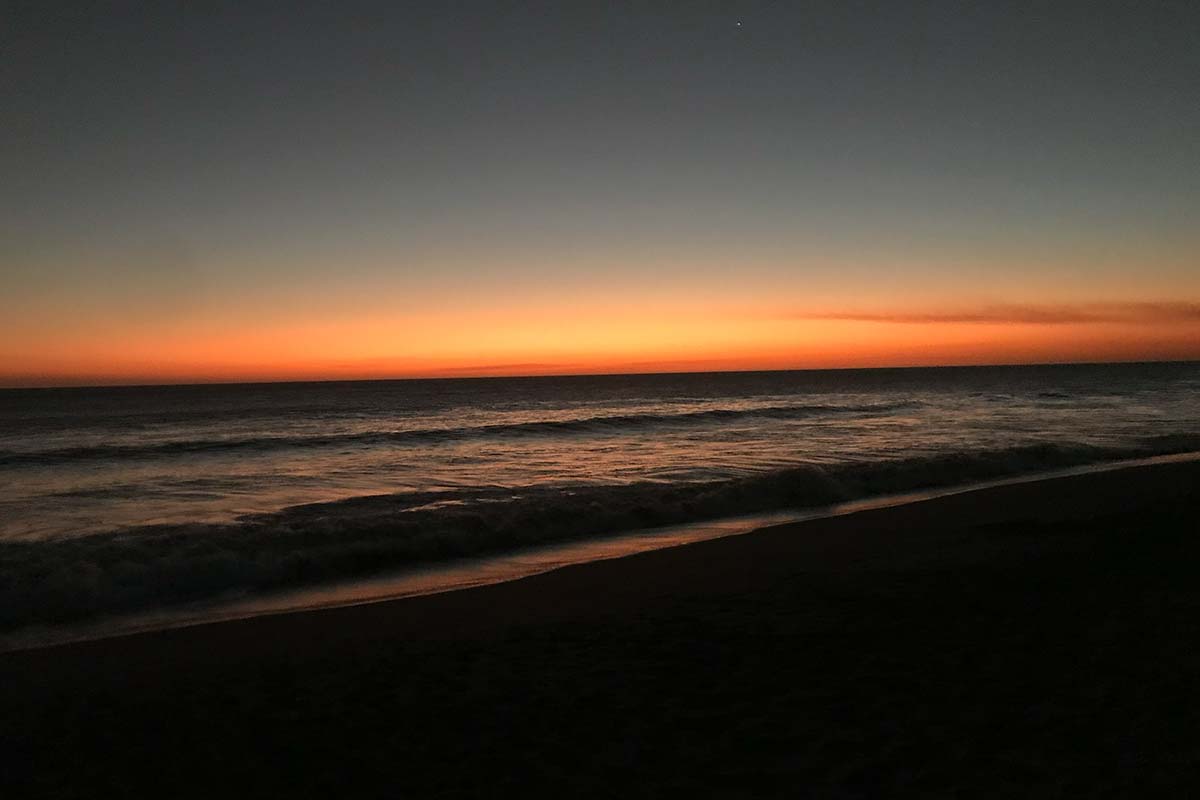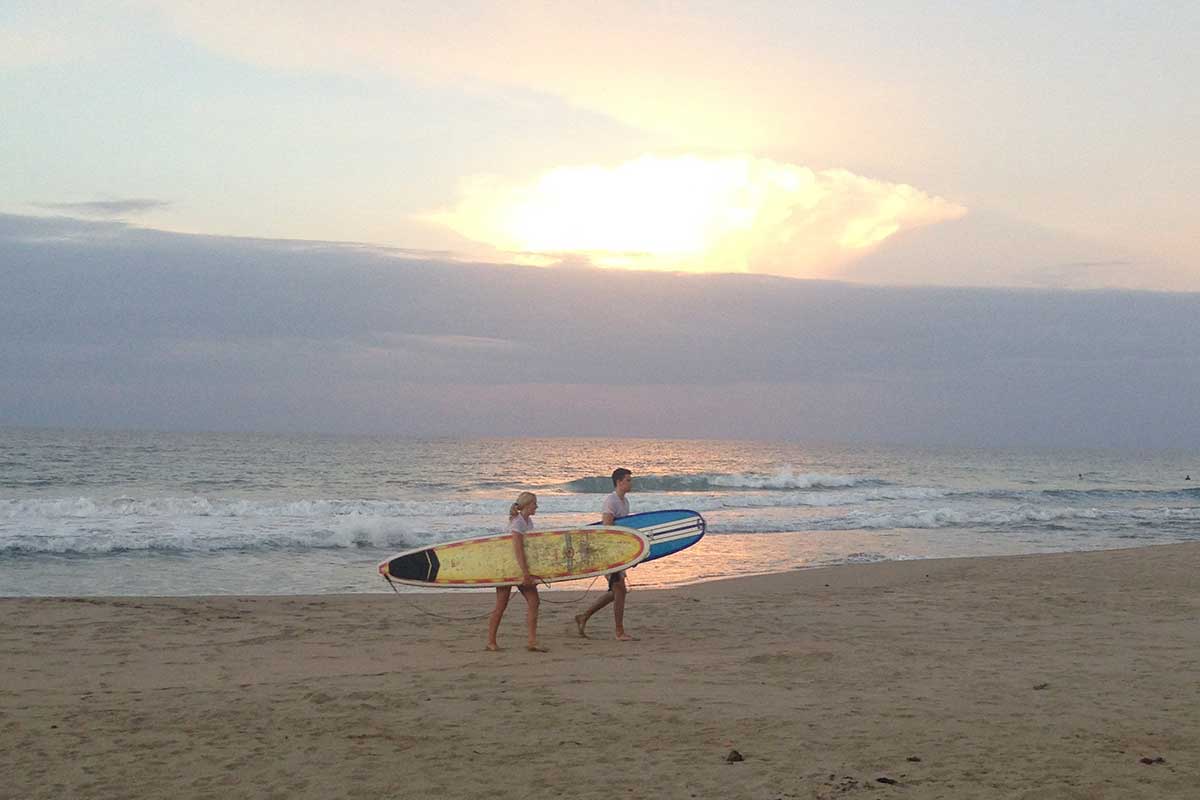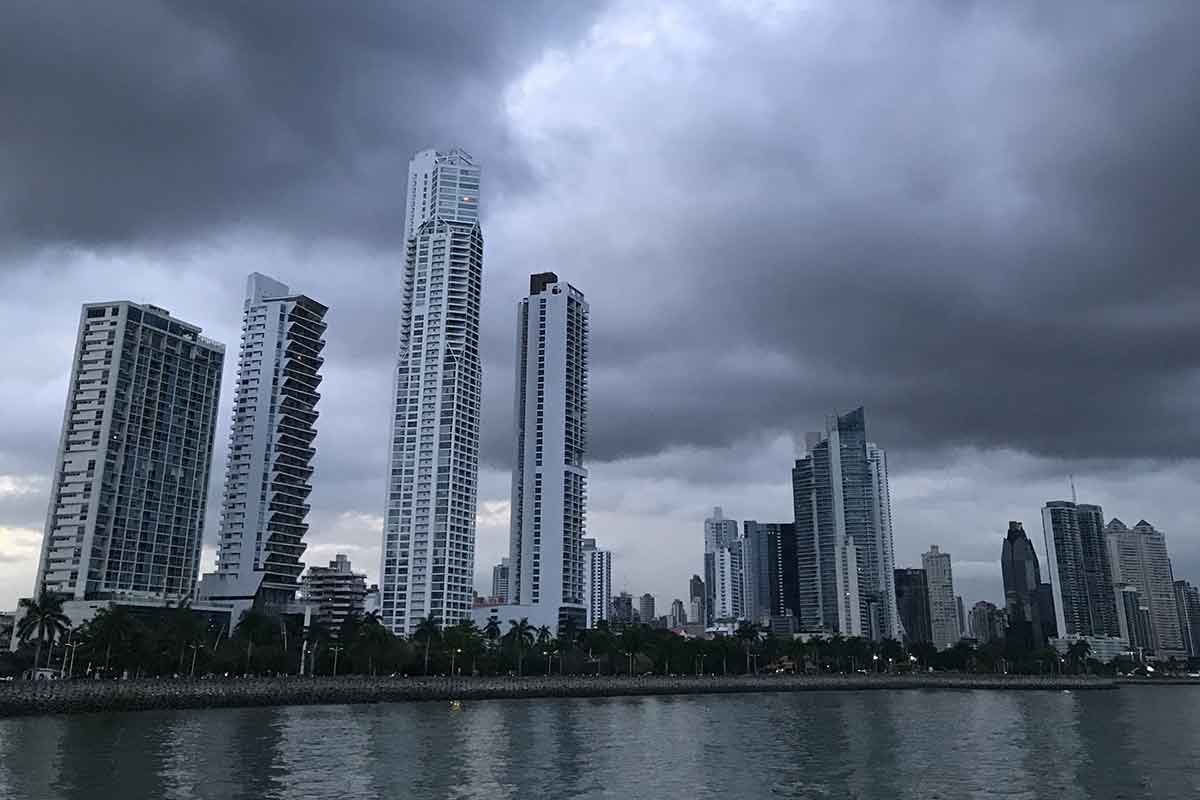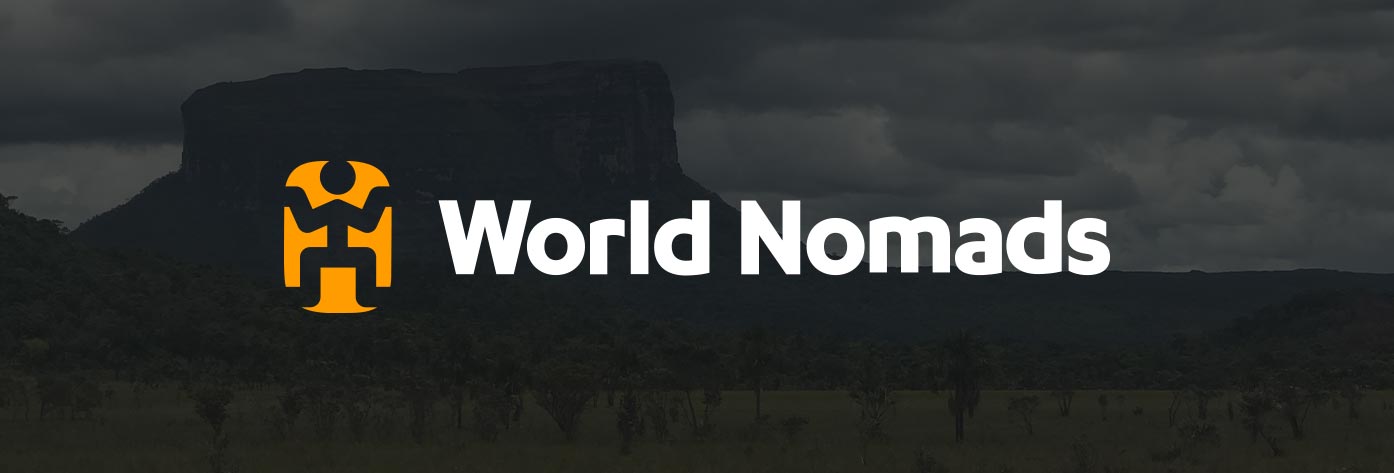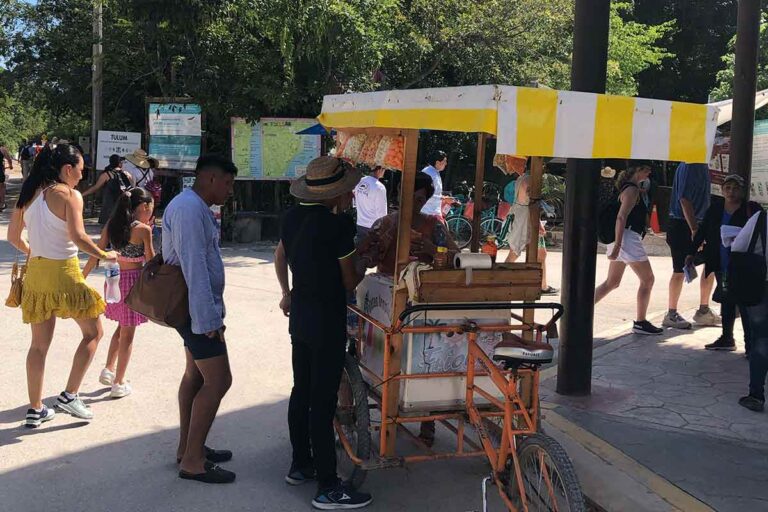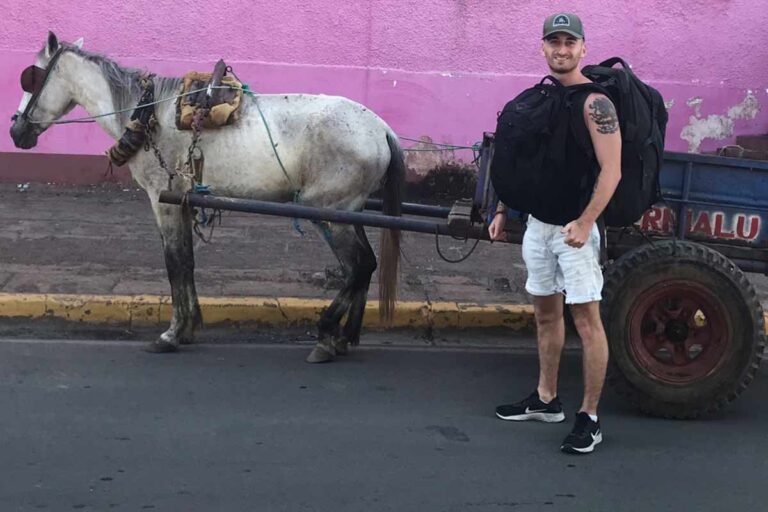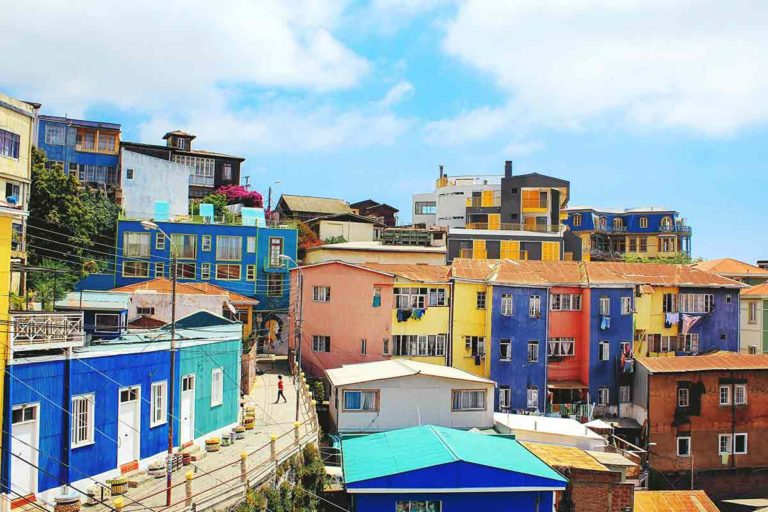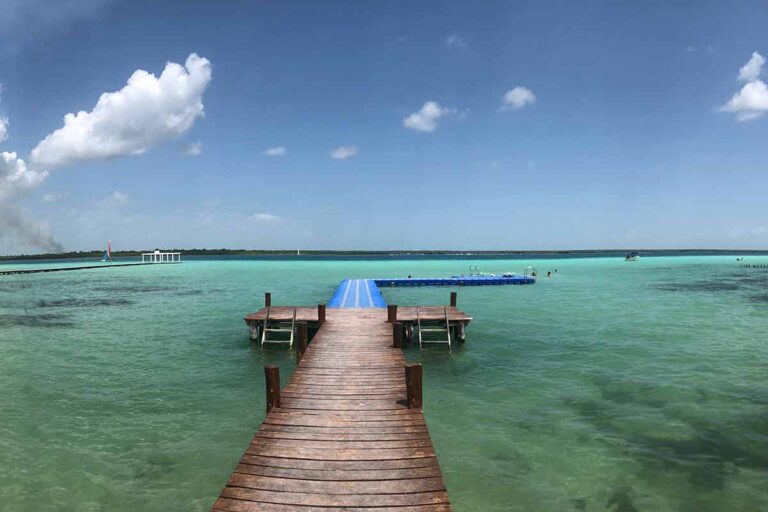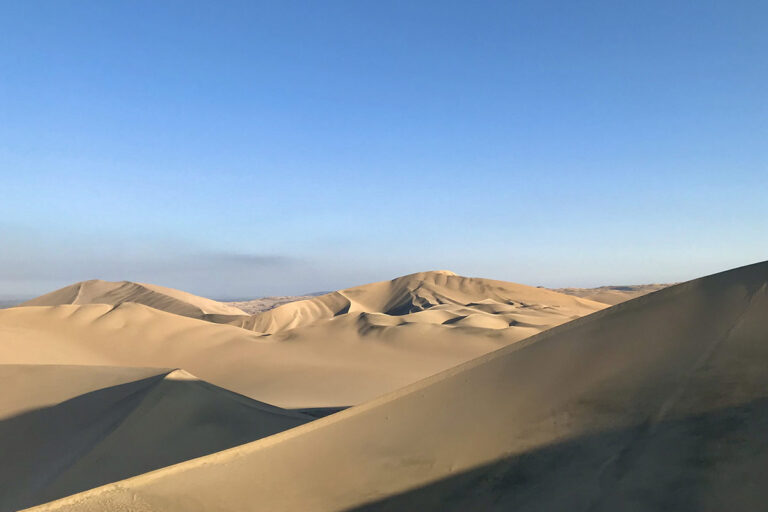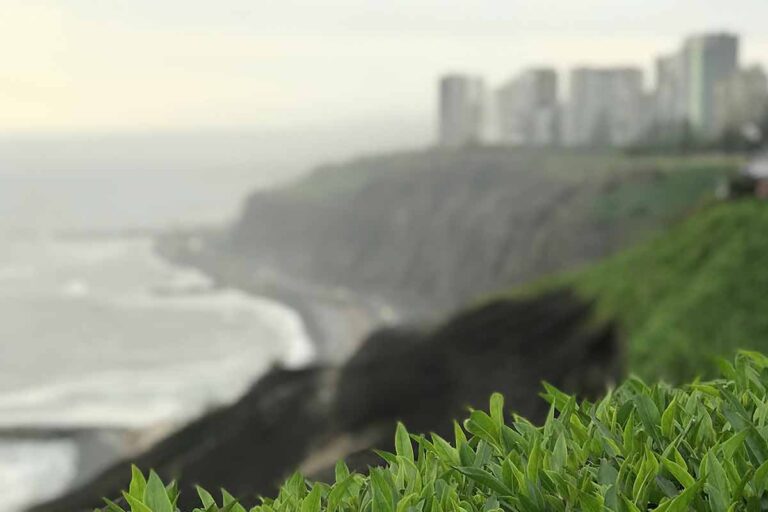Best time to visit Central America
In this guide, we will explore the best time to visit Central America.
We will look at the weather by country and look at things such as hurricane season, wet and dry seasons, summertime and average temperatures to give you a better idea of when to visit each country.
Central America is a tropical sub-continent and one thing every backpacker must know is that the weather varies by country and by region.
Depending on what your itinerary entails it’s worth checking local forecasts for your chosen country to ensure you’re visiting at the right time.
Best Time to Visit Central America
In most cases backpackers need to well-informed on weather conditions, not only for safety reasons, but to ensure we maximize the most of our time.
When you’re planning backpacking Central America it’s wise to know where and when to go, not only for climatic reasons, but also for budget reasons.
Let’s start by looking at the the one of the most popular countries:
Best time to visit Guatemala?
Guatemala has two distinct regions, which are the mountainous highlands as well as the coastal plains and lowlands, which can range in temperature and rainfall.
Antigua and Lake Atitlan
Both Antigua and Lake Atitlan have very similar weather patterns. These areas are cooler than the coastal regions, and can get quite chilly heading into the evenings.
Annual weather is relatively consistent here, with averages ranging between 63-68°F. The hottest month to visit is April, with highs of up to 78°F and an overall comfortable average of 68°F.
The coldest month is January, where averages circle around 63°F, with lows dropping down to 53°F. In Lake Atitlan, lows are slightly lower and range from anywhere between 55-59°F throughout the year.
The amount of rainfall will depend on if you are visiting in the dry or wet seasons.
The dry season, which runs from November until May, is very dry with as little as 1 inch falling throughout each month. January and February are by far the driest, with sometimes only 0.1 inches having been recorded!
The wet season comes from late May until October, and sees a massive increase in downpours. You can expect anywhere from 3-8 inches falling each month.
June and September are the wettest months to visit, with between 7-8 inches falling. The wet season in Lake Atitlan is a little more extreme, with up to 12 inches falling in June and September.
Those who are hiking Acatenango will want to bring lots of warm clothes, since it will be freezing at night as the temperature drops quite rapidly.
Flores
Take Flores on the contrast now, and it is a lot hotter than the previous regions, due to its location in the northern jungle region.
Average temperatures range from 73-79°F throughout the year, with the months of March to June seeing a sharp increase in temperatures.
These months range from 78-79°F, and with highs of up to 95°F, are the hottest months to visit Flores. December and January are the coolest months, with averages of 73°F and lows of down to around 64°F.
Rainfall is similar here to the rest of the country, with the dry season running from November until April. This is the preferred time to visit as only 0-2 inches ever fall throughout each of these months.
May until October is the wet season here, with anywhere from 5-8 inches of downpour for each month. September is the wettest month to visit Flores, with around 7.6 inches falling. No matter when you visit Flores, remember to pack some insect repellent to carry with you.
Best time to visit El Salvador?
San Salvador
Has a pretty predictable weather pattern characterized by a distinct dry and wet season (Santa Ana and Suchitoto also follow a similar pattern, although at higher altitudes these areas can get colder heading into the night). The dry season, which runs from November until April, is characterized by warm average temperatures of 74-77°F.
Highs can reach up to 90°F in March and April, which are also the hottest months of the year. Rainfall is at its lowest during this season, with anywhere from 0-40mm being recorded.
February is the driest month to visit, with some years recording zero rainfall! The wet season runs from May until October, and has slightly warmer averages ranging from 76-78°F. This makes it the perfect time for hiking, with this region full of great treks. We highly recommend this day tour up to the green crater lake of the Santa Ana Volcano.
Highs can reach up to 87°F, with lows dipping to around 66-68°F. Rainfall is a lot heavier during this time of year, with between 150-200mm falling for each month. October is the wettest month of the year, with around 210mm falling.
La Libertad
Also has the same dry and wet season as the rest of the country. Annual temperatures are pretty consistent throughout the year, with averages of between 74-76°F. March and April are the hottest months to visit, with averages of 76°F, highs of up to 92°F and comfortable lows of 64°F.
The coldest month to visit La Libertad are December until February, where averages hover around 74°F, with lows of 62°F (whist are still pretty good to visit regardless). Rainfall is scarce between the months of November until April (the de-facto dry season) where anywhere from 0-20mm may fall for each month.
The wet season, starting in May, sees a larger amount of rain falling, with between 150-350mm falling in each month. September is overall the wettest month to visit with up to 350mm of downpour!
Best time to visit Belize?
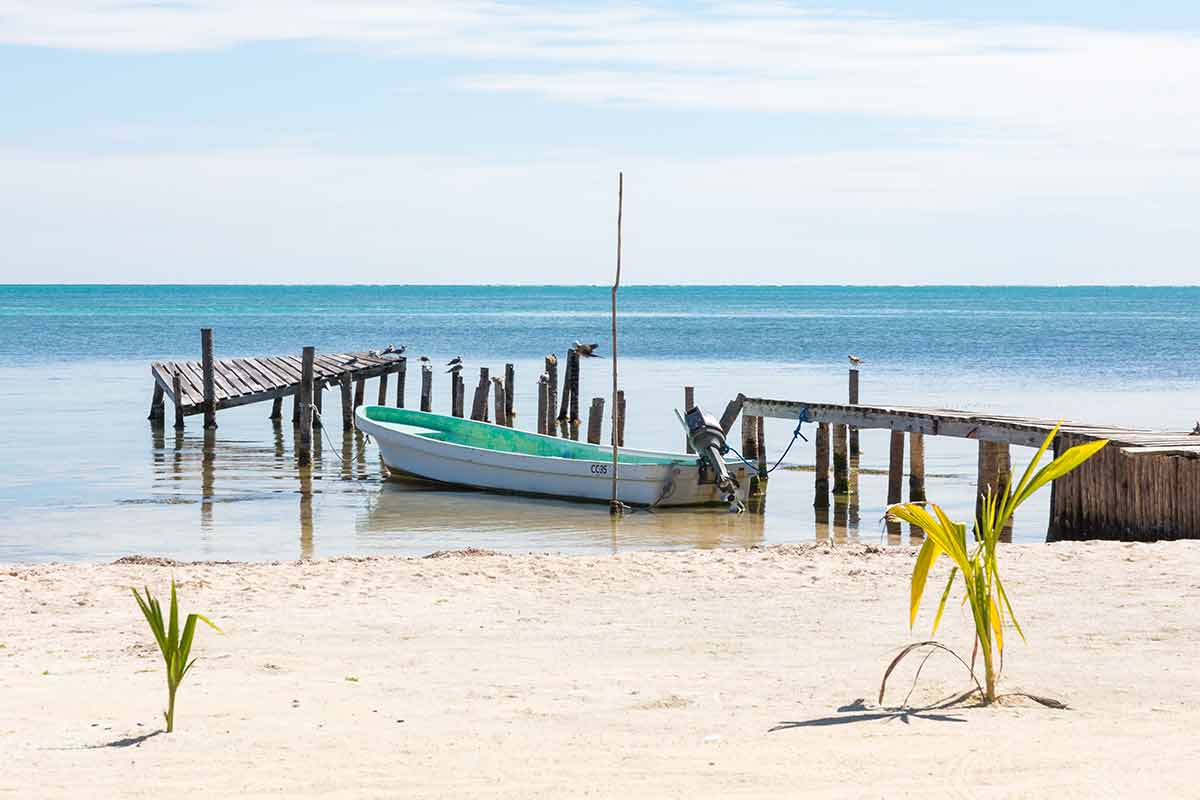
Situated just south of the Riviera Maya in Mexico, Belize has a similar climate to the popular tourist hotspot, with hot weather pretty much year-round.
Caye Caulker
As well as the other popular coastal destinations such as Ambergris Caye are warm regardless of when you visit. The dry season, which runs from November until May has average temperatures from 77-82°F, with highs of 84°F and lows of 68°F (January usually being the coldest month to visit).
This is the best time to go snorkelling in these crystal-clear waters, and this all-inclusive tour is our top pick where you’ll explore 7 different spots along the Hol Chan Marine Reserve.
The wet season, which is from June through to October, is a lot hotter. Average temperatures range from 80-84°F, with highs of 90°F and lows of 76°F. The hottest months to visit this region are May and June.
Rainfall is heavy pretty much year-round, although the dry season has a lot less, from 50-150mm falling for each month.
The wet season ranges from 150-300mm for each, with October being the wettest month. This period is also known as the hurricane season, where the chance of stormy weather is much more likely (especially from August until October).
San Ignacio
Also has a distinct dry and wet season, regardless of its more in-land location. The dry season, which runs from November until May, is the best time to visit. Average temperatures range from 74-77°F, with highs of 85°F and lows of 65°F.
Whilst cooler than the wet season, there is much more stable weather and less rain, with only around 2 inches falling for each month during this period. Similar to the rest of the country, the wet season here is a lot hotter and wilder!
Running from June until late October, average temperatures hover between 80-83°F, with highs of 94°F and lows of around 75°F. The hottest month on average is May. Rainfall is also heavier, with around 3-7 inches falling for each month within this period.
The Orange Walk region is also similar in weather as the previous two. The dry season runs for the same months, with averages of 72-77°F. Highs can reach up to 91°F (especially in April and May), with the coldest month on average being January, with lows of down to 62°F.
The wet season is hotter, with averages of between 84-86°F. Highs can reach up to 91°F (the hottest months being June until September), with lows of around 72°F.
Rainfall during this season averages between 2-4 inches for each month, with February and March usually being the driest. The wet season can have anywhere from 4-9 inches falling within a month here, with June the wettest month of the year (with 9+ inches!).
Best time to visit Honduras?
Even though the weather will vary depending on the region of Honduras you are thinking of traveling to, you will want to a quality carry sunscreen like this one with you for protection.
The Bay Islands
Which are located in the Caribbean, and are pretty much good to visit year-round.
April until September is the warmest time to visit these islands, with average temperatures ranging from 83-86°F, with highs of 90°F and lows of 80°F.
June and September are the hottest months of the year, with highs of up to 90°F, with averages of 86°F. October until March is usually cooler, with averages of 80-82°F, highs of 86°F and lows of 77-79°F. January is the coldest month of the year with an average of 80°F and lows of down to 77°F.
Rainfall is at its highest from October until December, with anywhere from a lofty 375-450mm falling for each month! March until May is lowest with around 60mm for each month, and the rest has anywhere between 125-200mm for each.
Those in Roatán will want to head on this fully customisable tour, where you’ll snorkel in some of the best waters in Central America as well as visit the monkey and sloth sanctuary.
Copán
Despite Copán been located well in-land, however the weather can still vary quite a bit depending on when you visit. March until September is the best time to visit as the temperatures are warmer, with an average of between 67-72°F, with highs of up to 82°F, and lows of 60°F.
April and May are the hottest months on average, with averages of 72°F and highs of 82°F. October until February is cooler, and you may want to bring extra layers for this time of year. Averages range from 63-66°F, with highs of up to 75°F and lows of down to 54°F.
The coldest month to visit Copán is February, with averages of around 63°F, highs of 73°F and lows of 53°F. November until April is the driest time of year to visit, with averages of 30-60mm of rainfall for each month (March is usually the most rain-free with around 30mm falling throughout).
May until October is considered the wet season, with anywhere from 150-300mm falling for each month. June and September are by far the wettest months, with a sizeable 300mm of downpour throughout each!
Best time to visit Nicaragua?
Nicaragua has dry and wet seasons that are quite consistent throughout the country. However, temperatures will vary depending on where you will visit as we’ll cover below.
San Juan del Sur
As well as Nicaragua’s Pacific coast are warm all year-round. December until May is the dry season here, with average temperatures ranging from 80-85°F.
The hottest months to visit are also in the dry season which is perfect, with April and May recording averages of 85°F and highs of up to 90°F. Rainfall is consistently low, with anywhere from 0-8% chance of rainfall for each month in this period.
The wet season is also quite warm, with slightly lower averages of between 79-83°F. The coolest months to visit are November and December, with averages of 79°F, lows of 77°F and highs of up to 84°F. Chance of rainfall during the wet season is unsurprisingly higher, with a daily 30-35% chance.
León
You find the temperatures are much warmer in León. The dry season is both drier and hotter than the wet season, especially considering León is inland without any coastal breezes for a nice cool-down. Average temperatures range from 82-86°F.
The hottest month of the year to visit is April, with an average of 86°F and a (sometimes) uncomfortable high of 94°F (stay in the shade during midday and drink lots of water if visiting León around this time!).
Rainfall is also low in León during the dry season, like most of Nicaragua, with a slim daily chance of 0-10%. The wet season here runs from May until November, with average temperatures of 81-83°F, lows of 74°F and highs of up to 93°F.
The coolest months to visit León are here, where September, October and November all have an average of 81°F, and a somewhat comfortable low of 74°F.
Average chance of rain hovers from 30-40% per day, although September is generally the wettest month of the year with an almost 50 % daily chance of rainfall.
It goes without saying, however when here it really is a must to go Volcanoboarding. We recommend jumping on this half-day tour, which includes all equipment and transport provided.
Ometepe Island
The island of Ometepe is a little different to the rest of Nicaragua when it comes to the weather. During the dry season (which is again from December until May), average temperatures range from 81-84°F, with highs reaching up to 88°F.
November and December are the coolest months to visit, with average temperatures of 81°F, and lows of 77°F.
Rainfall is pretty low during this time of year, with anywhere from 5-20% daily chance (it’s higher than the rest of Nicaragua during the dry season due to the surrounding volcanoes, which gives Ometepe its own micro-climate).
February and March are usually the driest months, with only 4-5% daily chance of rain. The rainy season has somewhat slightly warmer temperatures, with averages of 83-86°F, with highs of up to 90°F. This is the best time for a visit. If you’re strapped for time then you can head on this full day tour from Granada.
The hottest month to visit Ometepe is June, where highs can reach up to 90°F, where also rains become heavier as the start of the wet season approaches.
Rainfall during the wet season is much higher here than most other parts of Nicaragua.
Daily chance of rain is anywhere from 50-65% chance, with October usually being the wettest month of the year with around 65% daily chance of a downpour.
Best time to visit Costa Rica?
Annual weather in Costa Rica can vary due to its different geographies, ranging from high altitude cloud forests to Caribbean beaches.
San José
The capital has pretty consistent average temperatures throughout the year, which hover between 71-74°F. March and April are the hottest months, with an average daily temperature of 74°F with highs of up to 86°F. Rainfall on the other hand varies considerably depending on which time of year you visit.
The dry season in the capital runs from December until April, with these two months in particular carrying the bulk of the rain, with around 50mm falling throughout each. January until March are the driest months of the year, averaging around 10-15mm of precipitation.
May until November is the wet season, with anything from 140-240mm falling in each month. September is the wettest month to visit San José, with around 240mm of downpour.
Monteverde
The spectacular cloud forest of Monteverde has its own unique climate system. Daily average temperatures here range from 77-82°F, with highs of up to 88°F, and lows of 72°F.
September is the hottest month, with an average temperature of 82°F and highs of up to 88°F.
December through to February is the coolest period to visit with an average of 77°F, highs of 82°F and lows of 72°F.
Rainfall is pretty consistent in this region, and if it’s not raining, then you’ll definitely see the forest shrouded in a thick mist most of the time.
April and September are the driest months of the year to visit, with around 50mm falling for throughout each. November and December are by far the wettest, with around 170mm for each. The rest of the months average between 80-140mm of rainfall.
It’s best to explore this jungle at night, and with this unforgettable tour you’ll have an experienced guide show you rare animals and also take high quality photos for you too!
Puerto Viejo
For Puerto Viejo (and much of the Caribbean Coast), the weather can be best described as tropical and seasonal. Average temperatures range from 74-78°F throughout the year, with highs of up to 86°F and lows of 68°F.
The hottest month of the year is June, with highs of 86°F, and a very pleasant average of 78°F. Rainfall here can vary wildly as it’s located on the coast.
June, December and July are the wettest months, with a respective downpour of 310mm, 300mm and 290mm for each month.
September is the “driest month” with an average of 120mm (still wet at times, but much better for relaxing on beaches without too much disturbance).
The rest of the months are sporadic and really depends on the year (as things can vary quite a lot in the Caribbean), however average rainfall can range between 160-260mm for each of the remaining months.
Best time to visit Panama?
Let’s explore the weather and when to visit these class destinations.
We’ve left San Blas out, as you can only take a tour there, and also because the sea conditions can vary extremely, so it’s best you talk to local tourist offices and sailboat companies to find out more information.
Panama City
The capital of Panama has pretty consistent annual average temperatures, which hover between 79-83°F.
September until December are the coolest months to visit, with averages of 79°F and lows of down to 72°F, although highs are still a warm 86°F.
The hottest months to visit the capital are March and April, where averages are 83°F, highs of up to a toasty 91°F and lows of a still comfortable 75°F.
There is a dry and wet season which will see a dramatic change in rainfall here.
The dry season, which runs from January until April, has between 30-100mm of rainfall for each month. This is the best time to wander around the city without getting too wet, and this city tour (which includes a visit to the Panama Canal) is a solid option.
Head during February and March for the driest weather of the year, where around 30mm of rainfall will fall for each. The wet season in contrast can get pretty wet.
Average rainfall per month is anywhere from 250-300mm of downpour. November in particular is the wettest, with up to 400mm of rainfall.
Bocas del Toro
The weather in Bocas del Toro also has consistent average temperatures throughout the year, which range from 78-80°F. January and February tend to be the cooler months to visit, with averages of 78-79°F, lows of down to 73°F as well as highs of 84°F.
June is the hottest month to head to the islands, with an average of 80°F, highs of 86°F and lows of 76°F. The dry season runs a little different here, from December until April. This season is characterized by less rainfall, with between 30-80mm falling for each month here.
March is usually the driest month to visit Bocas del Toro. May until November is the wet season, and here you can expect anything from 170-250mm of rainfall for each month, with more usually falling in the early summer months of June and July.
Got travel insurance for Central America?
Considering travel insurance for your trip? World Nomads offers coverage for more than 150 adventure activities as well as emergency medical, lost luggage, trip cancellation and more.
Best Time to visit Central America
We’ve come to an end of our guide on the best time to visit Central America.
This continent hold endless possibilities for all types of travelers, no matter what style of travel is intended.
The weather varies throughout the year, and in certain countries the rain season can bring a high risk of flooding and torrential rains.
Now you have a better idea of what to expect, take a look at some of the best places to visit in Central America that you can add to your travel itinerary.
👉🏽 P.S. If you’ve found this guide helpful, buy us a coffee here to say thanks! Or, support us by downloading our South America Travel Bible to get our best content.
“Dear traveler! Some links in this post contain affiliate links. Meaning, if you click through and make a purchase, book a hostel or sign up for a tour, we may earn a small commission at no additional cost to you. Your support means a lot and helps us to carry on traveling and maintaining the quality of this site for you.”

